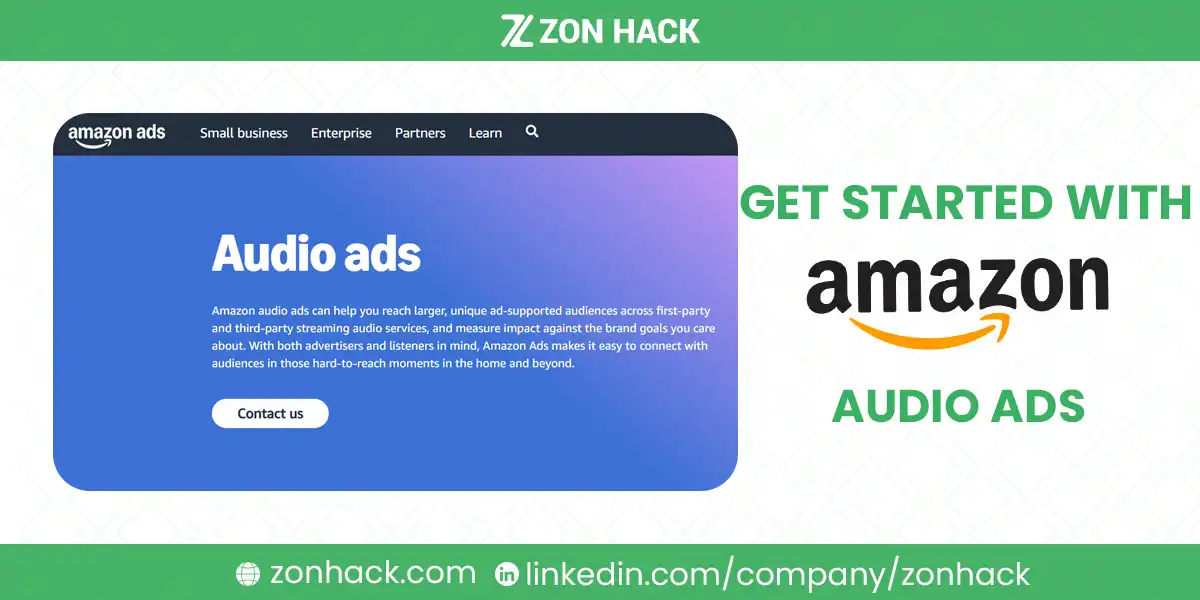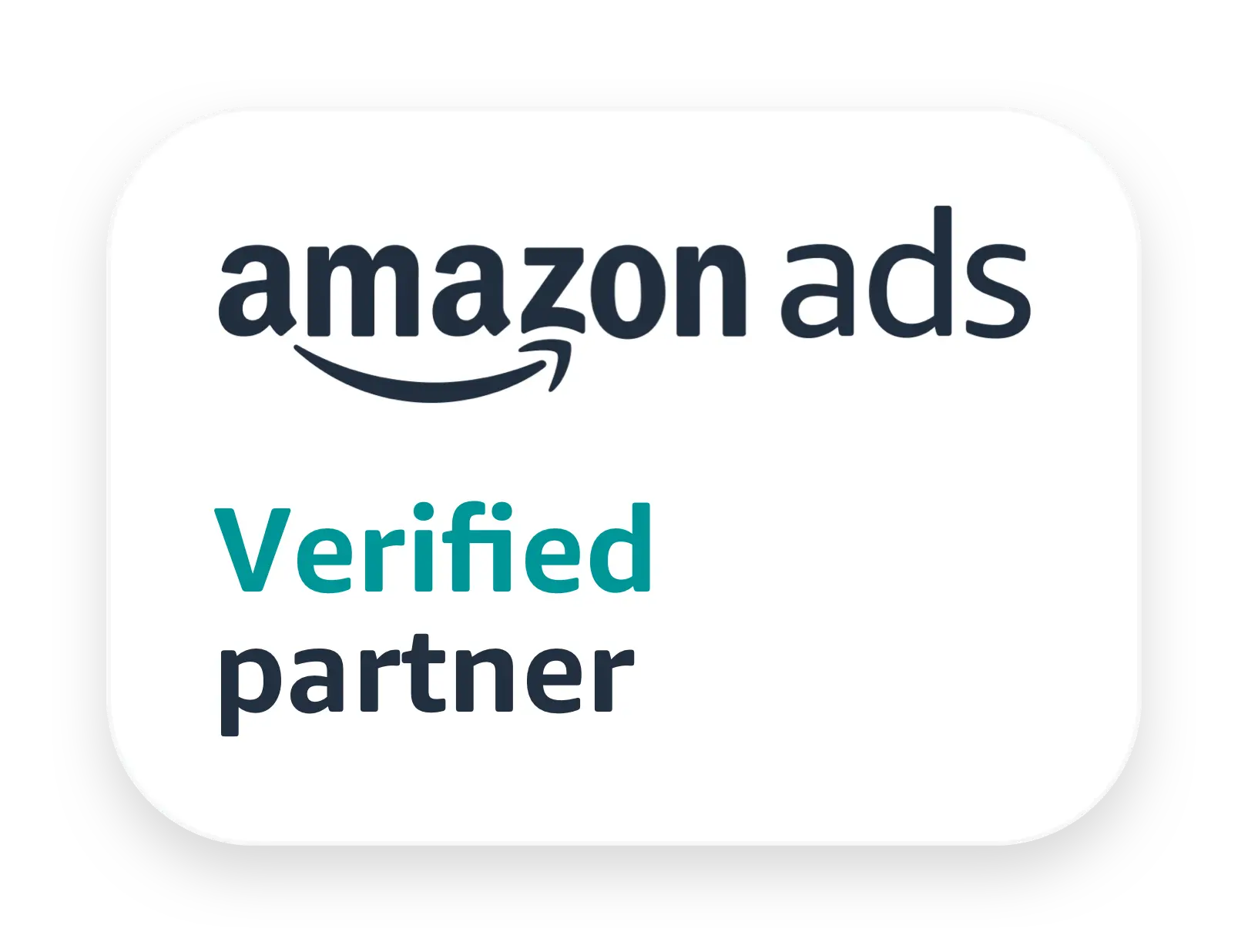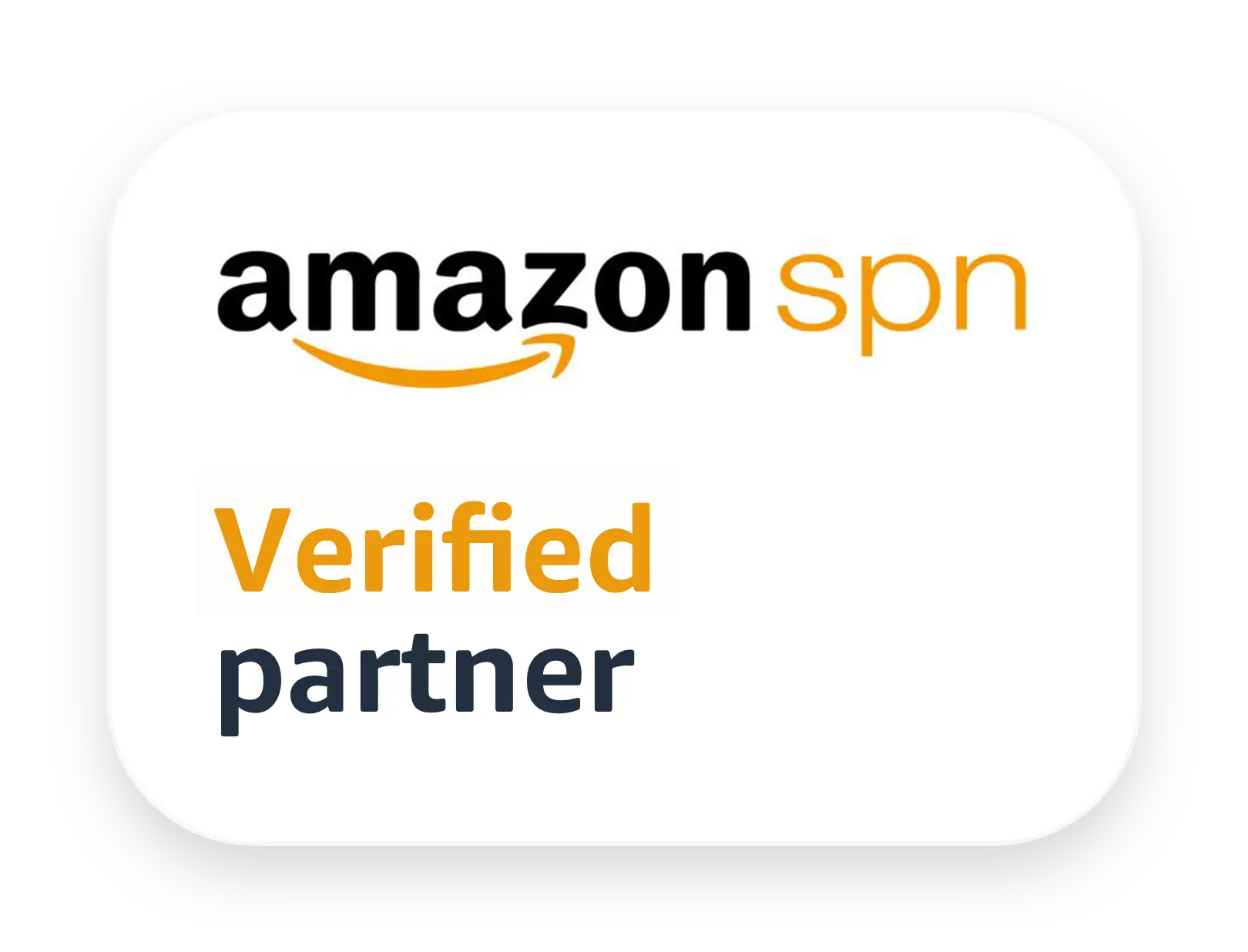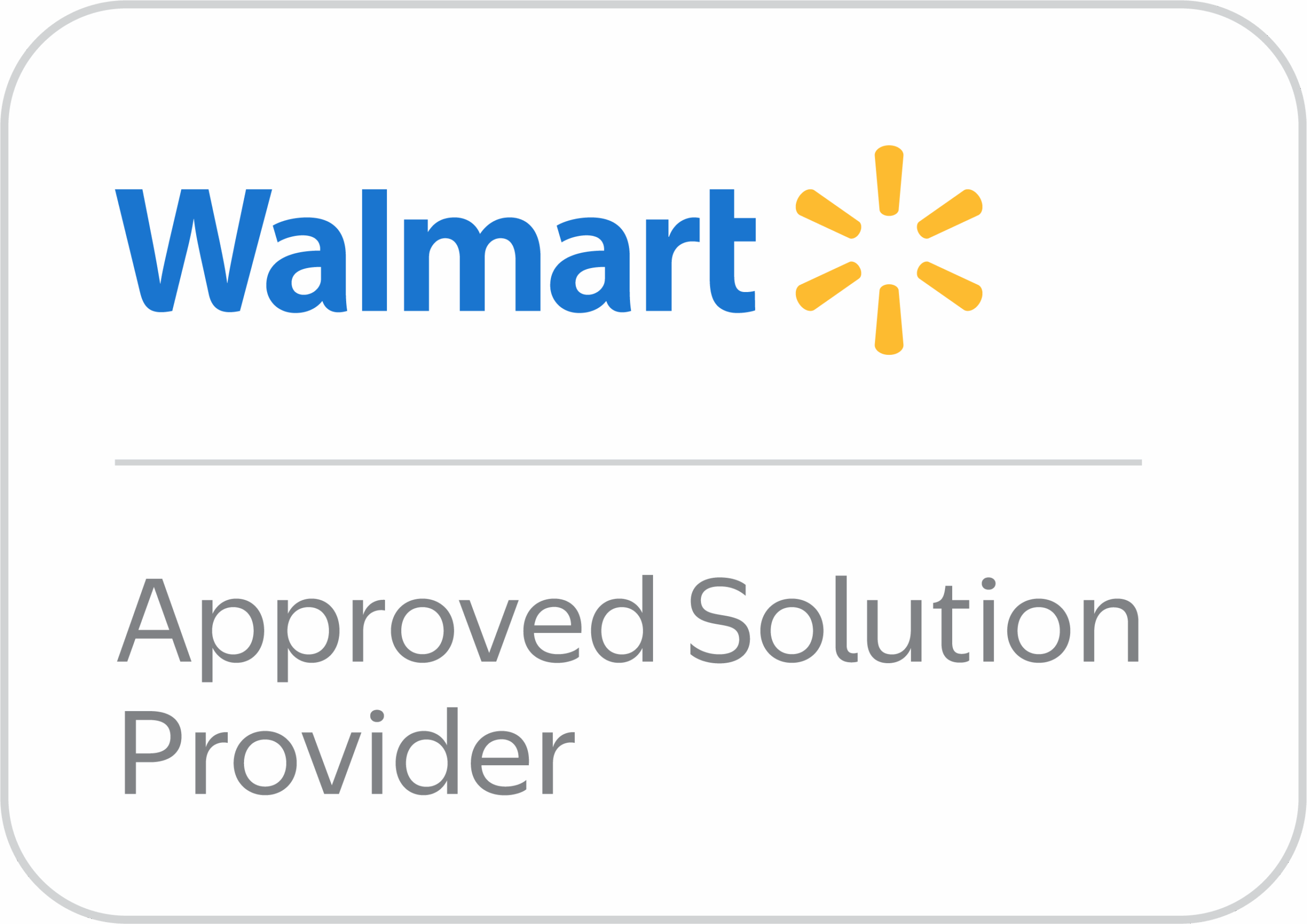Imagine a customer commuting to work, headphones in, scrolling through nothing—just listening. It’s in this moment, when screens are out of sight but ears are wide open, that your brand has an opportunity to speak. Literally.
Amazon Audio Ads give you that opportunity.
These are non-skippable audio ads that play on Amazon Music’s free, ad-supported tier, Alexa-enabled devices, and select third-party audio platforms. Instead of competing for screen space, you’re speaking directly to your audience in moments where attention is tuned in—even if eyes are not.
Unlike banner or Sponsored Product ads, audio ads rely on voice, sound, and storytelling to cut through the noise. With a well-placed message and the right voice, you can make a lasting impression that resonates emotionally.
You can also make it interactive. On Alexa-enabled devices, listeners can respond instantly with voice commands like “Alexa, add to cart” or “Alexa, send me more info.” That’s where things get even more interesting.
Why Should You Include Amazon Audio Ads in Your Strategy?
For brands already advertising on Amazon, audio is the missing piece in the omnichannel puzzle. But even if you’re not using Amazon DSP yet, there’s a compelling case to make for audio ads.
Let’s break it down.
1. Reach That Rivals Traditional Channels
Amazon’s ad-supported platforms reach over 155 million unique monthly users in the U.S. alone. That’s not counting global traffic or engagement through Alexa-enabled smart devices, which are present in more than 100 million households.
Your ad isn’t just hitting a random playlist. You’re reaching real Amazon users, many of whom are active buyers.
2. A Format That Commands Attention
Audio ads on Amazon are non-skippable. That means when your 30-second message plays, your listener hears it in full. There’s no swipe-away, no mute button. This passive environment increases message retention.
According to Amazon internal data, brands using audio ads saw an average 20% lift in brand awareness and an 18% lift in purchase intent.
3. Sound That Sticks
Think of your favorite commercial jingle. You probably remember the tone, the voice, maybe even the exact phrase.
That’s what sonic branding does—and Amazon Audio Ads are perfect for it. Whether you use a voiceover, music, or simple narration, audio builds recognizable brand identity in a way that visuals sometimes can’t.
4. Data-Backed Targeting, Amazon Style
Unlike traditional radio or Spotify, Amazon gives you access to first-party data for targeting. That means you can reach:
- Users who recently viewed your product
- Shoppers in specific categories
- Listeners by genre preference
- Geolocation-based segments
- Device types and usage patterns
This depth of targeting makes Amazon Audio Ads far more strategic than broadcast radio.
5. Low Production Cost, High Impact
You don’t need a Hollywood studio. You just need a script, a compelling voice, and the right format. For many brands, a $500–$2,000 production budget is enough to create a professional-quality audio spot.
ZonHack Insight: While we don’t produce audio (can be done on-demand though), we help Amazon sellers integrate audio ads into broader marketing strategies. From planning and targeting to analyzing performance data, we ensure your audio campaign is aligned with your brand and goals.
Step 1: Planning and Creative Development
Define Your Objective First
Before you even write a script, decide what your ad is trying to do.
Are you…
- Building brand awareness?
- Promoting a specific product or offer?
- Encouraging shoppers to visit your storefront?
- Triggering voice actions like “Alexa, add to cart”?
Each goal requires a slightly different approach to messaging and targeting.
Know Who You’re Talking To
Amazon DSP gives you access to detailed targeting tools. Use insights from your Amazon Seller Central data, your customer personas, or ZonHack-supported market research to define:
- Demographics
- Shopping behavior (past purchases, brand loyalty)
- Music habits (e.g., genre preferences)
- Listening environment (mobile vs. smart home)
ZonHack can help you build detailed audience profiles and align them with your campaign goals.
Step 2: Scripting, Voice, and Production
How to Write an Effective Audio Ad Script
Good audio ads are short, clear, and emotionally resonant.
Here’s what works:
- Duration: Stick to 10–30 seconds
- Clarity: Use conversational language
- Focus: Drive home one key message
- Branding: Mention your brand within the first 2 seconds
For example:
“Shopping for holiday gifts? At CozyNest, we make home décor warm and wonderful. Just ask Alexa to ‘Add CozyNest candle set to my cart’—and bring comfort home today.”
That’s conversational, directive, and memorable—all in 15 seconds.
Choosing a Voice That Matches Your Brand
Is your brand cheerful and upbeat? Or calm and professional?
Tone, gender, accent, and pacing all shape how your brand is perceived. Make sure the voice aligns with your core personality.
You can record in-house or use tools like:
- Murf AI – Great for realistic voiceovers
- ChatGPT – Useful for script brainstorming
- Canva – For designing companion banners
- Amazon Audio Generator (if available) – May help auto-generate basic ads from your product ASIN
ZonHack helps with scriptwriting, voice tone guidance, and creative asset planning, but does not record or produce voiceovers.
Step 3: Making It Interactive (Optional, But Powerful)
Interactive audio ads are only available in the U.S. for now, but they offer something no other channel does: hands-free, voice-driven engagement.
Users can say:
- “Alexa, add to cart”
- “Alexa, remind me later”
- “Alexa, send me more info”
These commands trigger actions directly within the Amazon ecosystem.
What’s Required?
To run interactive audio ads, your assets must:
- Follow Alexa’s utterance standards
- Include metadata (ASINs, legal disclaimers, product URLs)
- Be reviewed and approved by Amazon
Interactive ads are best used when you want users to act immediately.
ZonHack Insight: We don’t code Alexa responses or build voice apps, but we do help assess whether interactive ads fit your strategy and support full DSP campaign setup.
Step 4: Ad Specifications and Compliance
Let’s talk tech. To pass Amazon’s review and run smoothly, your files need to meet these specs:
Audio File Requirements
| Spec | Requirement |
| Duration | 10–30 seconds |
| Format | MP3, WAV, or OGG |
| Max File Size | 3MB |
| Volume | RMS -14 dBFS; Peak -0.2 dBFS |
Companion Banner (For Devices with Screens)
| Spec | Requirement |
| Size | 1024 x 1024 pixels |
| Format | JPEG or PNG |
| Max Size | 750KB |
| Headline Limit | 19 characters |
| CTA Copy Limit | 12 words |
| Text Size | 32pt (26pt for disclaimers) |
ZonHack ensures your creative assets are fully compliant before submission, reducing rejection delays.
How to Launch Your Campaign on Amazon DSP
Once your audio ad is ready, the next step is campaign deployment — and for that, you’ll need Amazon DSP (Demand Side Platform).
There are two ways to access Amazon DSP:
- Self-service DSP: Recommended if you have internal expertise. Requires a minimum spend of $10,000.
- Managed service DSP: Run by Amazon’s own team. Requires higher spend — often $50,000 or more, depending on your region and campaign complexity.
For many brands, this price point makes DSP seem inaccessible. But through a partner like ZonHack, you can integrate DSP into your broader advertising strategy without overspending or going in blind.
Campaign Setup Checklist
To get your audio campaign live, follow this sequence:
- Define your goals. Are you after awareness, traffic, or direct conversions?
- Build your audience targeting. Use demographics, behavior, and contextual cues like listening habits.
- Submit your creative assets. Upload your audio ad and companion banner.
- Select your CTA. Choose interactive options if applicable.
- Set your budget and bid strategy.
- Launch. Begin tracking performance as soon as the ad goes live.
ZonHack offers end-to-end support during setup, especially for first-time DSP advertisers. From audience segmentation to real-time performance dashboards, we help brands demystify programmatic media and get off the ground confidently.
Cost & Pricing Structure
Amazon Audio Ads use a CPM model — or cost per thousand impressions.
According to industry benchmarks:
- Average CPM: ~$5.65
- Minimum spend (self-service DSP): ~$10,000
- Minimum spend (managed DSP): ~$50,000+
So if you’re asking, “Is this affordable?”, the answer is: Yes — relative to video ads or TV. You’re paying for reach and awareness, and audio is far more budget-friendly than video when it comes to creative production.
Keep in mind: CPMs vary based on audience targeting, ad placement, and seasonality. For example, running campaigns during Q4 (holiday season) will likely cost more than slower quarters like Q1.
ZonHack doesn’t sell DSP inventory, but we help you manage budget allocation smartly. If audio is part of your omnichannel funnel, we’ll guide you in assigning the right spend so that it complements your Sponsored Products, Display, and influencer campaigns.
Measuring Performance & Optimizing Results
Like any advertising investment, audio ads should be tracked and improved over time.
Here’s what to monitor:
Key Performance Metrics
- Impressions: How many times your ad was played.
- Reach: Total number of unique listeners.
- Completed Listens: Equivalent of video completion rate — how many people heard your full ad.
- Click-throughs: From companion banners, if a screen was available.
- Conversions: Includes add-to-cart, purchases, or landing page actions.
- CTR, ROAS, ACoS: These help you benchmark against your Sponsored Ads.
For deeper insights, Amazon offers Brand Lift Surveys for some DSP advertisers. These can measure recall, awareness, and favorability post-campaign.
But most brands will benefit more from Amazon Marketing Cloud (AMC) — a secure analytics environment where you can measure multi-touch performance across Amazon Ads. For instance, did a customer listen to your audio ad and then buy via Sponsored Product later?
Optimization Best Practices
If performance is flat, it doesn’t always mean your ad isn’t working — it might just need refining.
- Try alternate scripts or voice tones. A different voice, pacing, or emotional hook can lift engagement.
- Test new CTAs. “Add to cart” may outperform “Learn more” depending on product category.
- Refine your targeting. Broaden if you’re under-delivering; narrow if CTR is low.
- Analyze with AMC. Connect the dots between audio engagement and actual purchases.
ZonHack helps clients interpret this data, identify patterns, and recommend changes. While we don’t run brand lift studies or build testing platforms, we work alongside your team or vendors to ensure learnings are applied consistently.
Final Tips & Best Practices
Amazon Audio Ads are not about shouting louder — they’re about telling your story clearly in a moment when people are really listening.
Here’s how to make them work:
- Keep it simple to start. Begin with a 15-second awareness message before layering in advanced features like Alexa interactivity.
- Lead with your brand name. Mention it early (within the first 2 seconds) and repeat it for better recall.
- Write for ears, not eyes. Your message should be clear, benefit-driven, and easy to understand — even on a noisy commute.
- Stay consistent. Match the tone and offers in your audio ad with what’s in your Amazon Storefront and Sponsored Ads.
- Use professional tools. Even if your ad is short, bad audio will hurt you. Prioritize clarity, tone, and mix levels.
Closing Thoughts
Amazon Audio Ads are still underutilized in the eCommerce world. But that’s what makes them powerful.
With audio, you’re not competing for screen space or clicks. You’re connecting directly with the listener — in the car, at home, or on a run. When paired with Amazon’s unmatched first-party data, the targeting possibilities are enormous.
At ZonHack, we help Amazon brands go beyond Sponsored Products. Whether you’re exploring DSP for the first time or scaling an existing campaign into audio, we offer hands-on, strategic support — from planning to performance tracking.
If you’re serious about Amazon as a platform — not just a sales channel — then audio needs to be on your radar.
Let’s build a campaign that your audience actually hears.
Frequently Asked Questions
What is the minimum spend for Amazon Audio Ads?
You’ll need a minimum of $10,000 to access Amazon’s DSP via the self-service route. If you prefer to use Amazon’s managed service team, the starting threshold is $50,000.
Can I run Amazon Audio Ads without video or other media?
Yes. Audio ads are stand-alone and don’t require video. You can pair them with companion display banners for screen-enabled devices, but these are optional.
Are Amazon Audio Ads available outside the U.S.?
Currently, interactive audio ads with Alexa are only available in the U.S. Standard audio ads are expanding globally, but availability varies by region. Check with ZonHack for updated rollout details.
How do I measure ROI from an audio campaign?
Track key metrics like completed listens, CTR, conversions, and ROAS. Use Amazon Marketing Cloud (AMC) to assess audio’s role in multi-touch customer journeys.
Does ZonHack produce audio content?
We don’t create voiceovers or record ads, but we guide clients through scriptwriting, branding alignment, and creative compliance. We can also connect you to trusted partners for full production.




